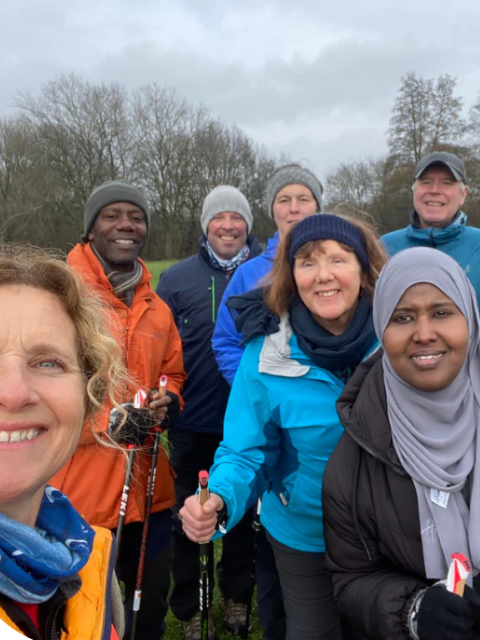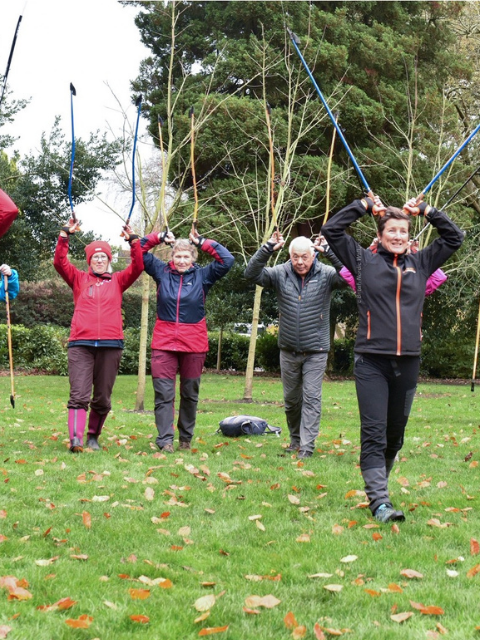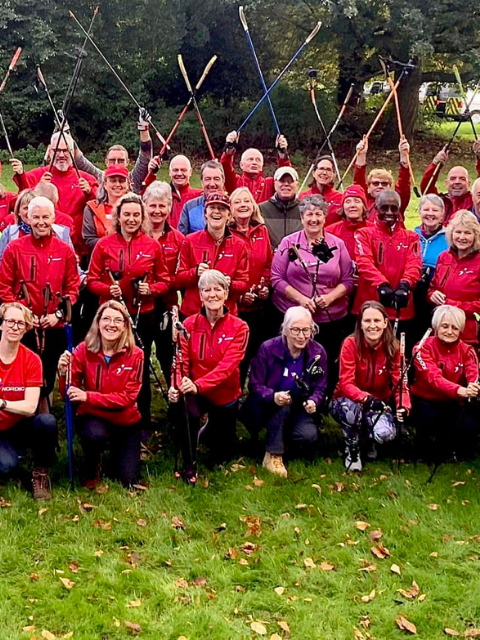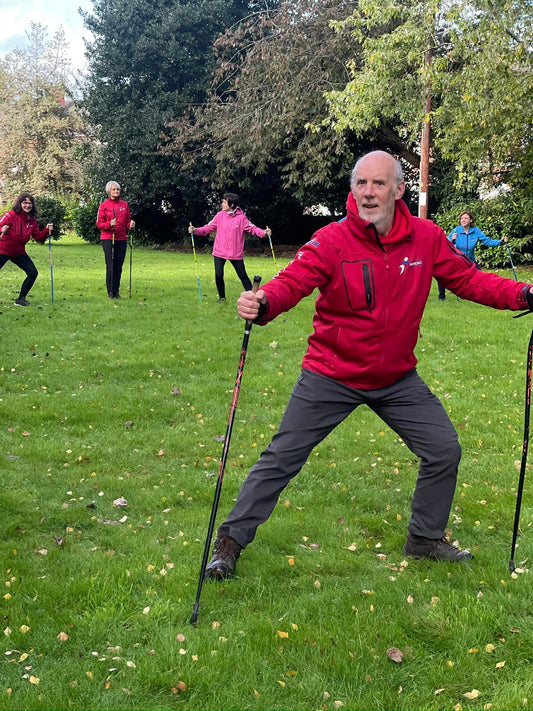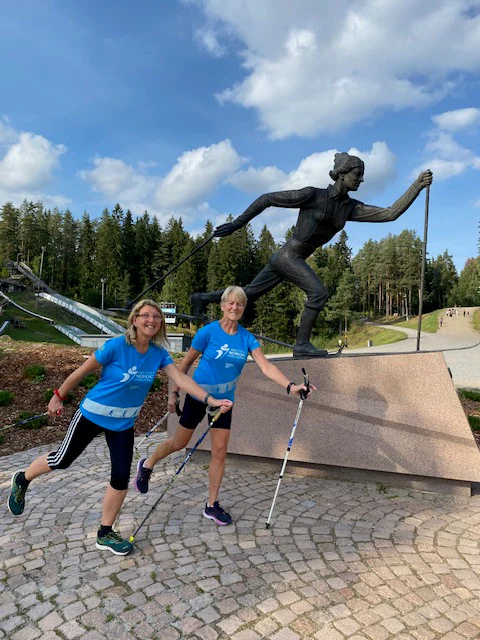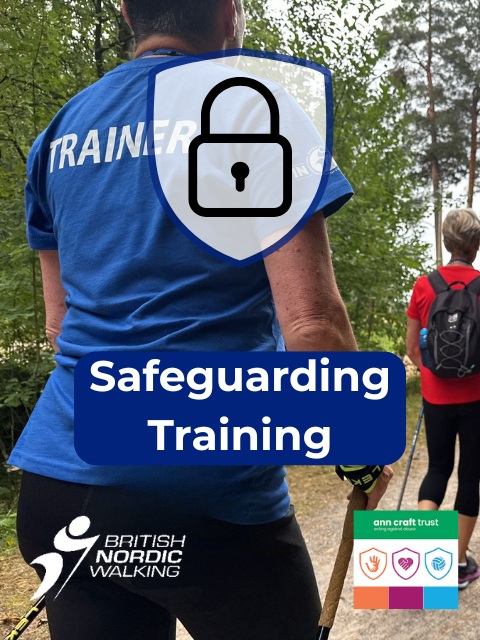Nordic Walking and Osteoporosis
Nordic Walking Increases Distal Radius Bone Mineral Content in Young Women
The aim of this study was to determine the effects of the pole push-off movement of Nordic walking (NW) on the bone mineral content (BMC) and areal bone mineral density (aBMD) of the distal radius and the muscle cross-sectional area (CSA) at the mid-humeral and mid-femoral levels. The BMC and aBMD at 1/10 of the distance from the distal end of the radius were significantly increased by NW. The NW pole push-off movement provided effective loading to increase the osteogenic response in the ultra-distal radius. The ground reaction forces transmitted through the poles to the radius stimulated bone formation, particularly in the ultra-distal radius.
Reference: Takeru Kato, Toru Tomioka, Takenori Yamashita,Hidehiro Yamamoto, Yasuhiro Sugajima, and Norikazu Ohnishi. Journal of Sports Science and Medicine
https://www.ncbi.nlm.nih.gov/pmc/articles/PMC7196759/
Effect of physical activity on the sequelae of osteoporosis in female residents of residential care facilities
This study was set out to evaluate the influence of a program of modified Sinaki exercises, Nordic walking (NW) and a combination of these physical activities on people with osteoporosis. Modified Sinaki exercises and Nordic walking significantly improved the mobility of the rib cage, locomotor activity and motor abilities in the women comprising groups 2 (Sinaki exercises) and 3 (NW), but the best results of the intervention were noted in the group treated with both forms of physical activity.
Reference: Agnieszka J. Nawrat-Szołtysik, Anna Polak, Andrzej Małecki, Laura Piejko, Dominika Grzybowska-Ganszczyk, Michał Kręcichwost, Józef Opara. Advances in Clinical and Experimental Medicine
http://www.advances.umed.wroc.pl/pl/article/2018/27/5/633/
Our courses
-
INWA Nordic Walking Instructor Course
Regular price £499.00Regular priceUnit price / per -
Nordic Walk Leader Course
Regular price £145.00Regular priceUnit price / per£140.00Sale price £145.00 -
Balance and Coordination Course
Regular price £45.00Regular priceUnit price / per -
Convention 2025
Regular price From £103.00Regular priceUnit price / per -
New Parkinson’s Instructor Course – Learn, Support, and Transform Lives
Regular price £40.00Regular priceUnit price / per -
INWA Teaching Children & Teens to Nordic Walk Course - DEPOSIT
Regular price £50.00Regular priceUnit price / per -
Safeguarding Adults in Sport - Ann Craft Trust Online Course
Regular price £22.50Regular priceUnit price / per

